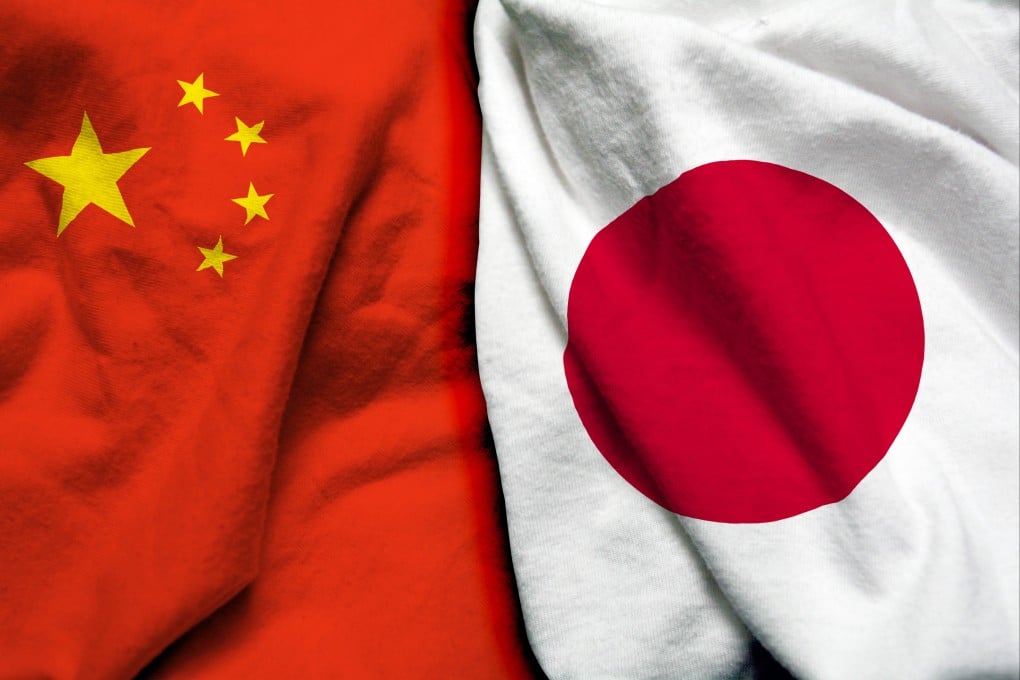Advertisement
As I See It | Kimono row highlights hostilities in complicated China-Japan relationship
- Earlier this month, a Chinese woman was detained for wearing a kimono in Suzhou, and accused of ‘provoking trouble’ for wearing the Japanese garment
- Last week, Chinese retailer Miniso apologised for styling itself as a Japanese brand and will change its logo and the Japanese language on its bags
Reading Time:2 minutes
Why you can trust SCMP
5

Every so often, anti-Japanese sentiments flare up in China over wartime atrocities and historical issues.
Advertisement
These include Chinese anger and resentment over the Nanking massacre and the repeated visits by Japanese leaders and top officials to the Yasukuni war shrine which honoured convicted war criminals.
They also include attempts by Japan in 2012 to nationalise the Senkuku islands, which the Chinese refer to as the Diaoyu, and the Japanese skewed treatment of war in its school textbooks.
But in recent months, those sentiments appeared to have increasingly been aimed at Japanese cultural symbols.
Earlier this month, a Chinese woman was detained for wearing a kimono in the eastern Chinese city of Suzhou. Authorities accused her of “picking quarrels and provoking trouble” by wearing the traditional Japanese garment.
Advertisement
However, the woman said in a social media post that she was merely cosplaying as a popular character from a manga series.

Advertisement
